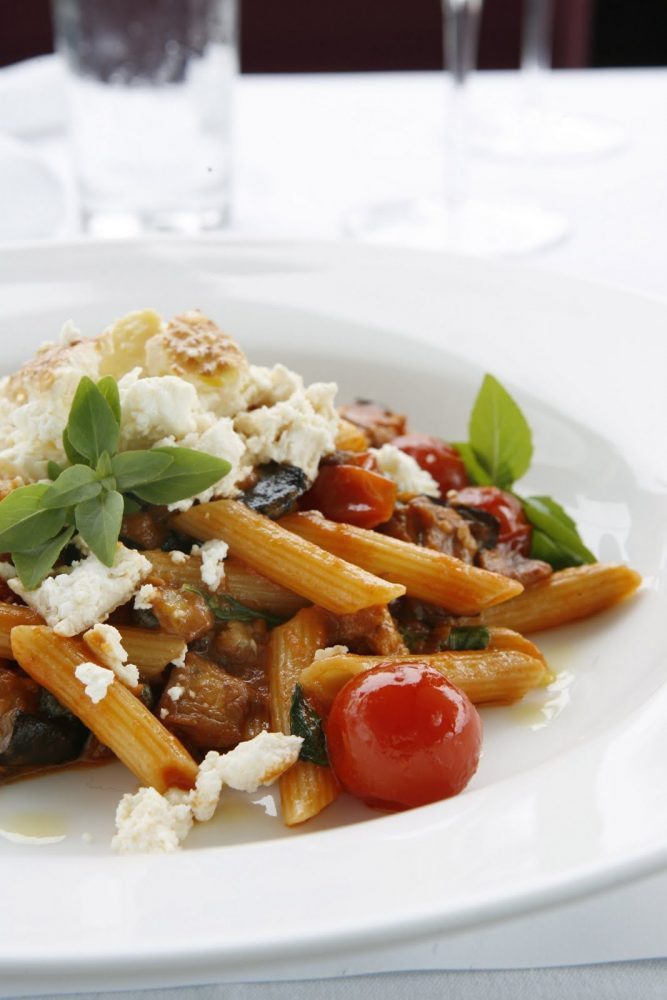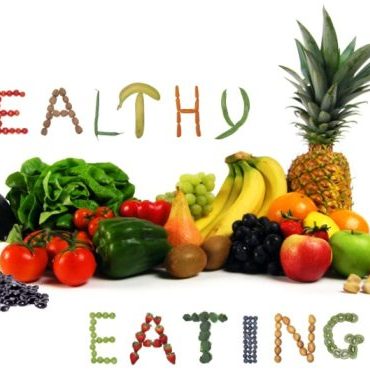 When to eat, what to eat, how to eat? Our resident nutritionist is here to help!
When to eat, what to eat, how to eat? Our resident nutritionist is here to help!
Is eating your biggest meal at night a bad idea?
Our daily levels of physical activity influence how much and when we need to eat. If you are fairly active during the first part of the day, and then turn into a couch potato at night, it is best to enjoy a larger meal in the morning rather than the evening. Our daily energy expenditure (or kilojoule burn) is the result of three factors: our resting metabolic rate, the physical cost of our activity and the thermic effect of our food and drink (how much energy our body uses to process what we have eaten). It is not true that all kilojoules are equal. The thermic effect of food is greater for protein than it is for other nutrients. It also appears to be higher in the morning and declines during the day. In other words, if we eat a meal in the morning, we torch more kilojoules than if we had eaten that same meal at night. Yet we often default to eating a larger evening meal, simply because we have more time to make it. To combat this, downsize dinner and leave enough for the following day’s lunch. This way, you will end up eating a larger proportion of your food earlier in the day – which is exactly when you are more likely to burn it off.
Should meals have a specific carbs-to-protein ratio for weight loss? Or can I eat only vegetables?
We know that eating protein throughout the day promotes weight loss, as protein satisfies us more than carbohydrates do. At the same time, the ‘protein leverage’ theory suggests that if we are eating a low protein diet (in which protein provides less than 15% of the energy), we tend to keep eating until we have had enough protein – a process that can easily trigger overeating and see us stack on the kilos. Scientists are finding that if we get about 25% of our kilojoules from the protein we are less likely to overeat. So a weight loss diet of 1400 calories a day requires roughly 90g of protein, and a 2000calorie daily maintenance plan should include around 130g of protein. The amount of carbs you need depends on your level of activity and your lifestyle. There is no specific ideal. Trimming your carb portions is a good idea if you are trying to drop a few kilos. Think of starchy vegetables (such as potato and corn) as carbs, and include more low joule veggies (like broccoli and zucchini) whenever possible.
Having lost a lot of weight by eating healthily, I have now become too focused on my food choices. How do I stay slim, but still enjoy my life?
Eating well does not have to mean missing out on the enjoyable things in life. Many people who have worked hard to lose weight fear that as soon as they relax their eating habits, they will regain the kilos. Celebrate the weight loss: Reward yourself with a treat that is unrelated to food, such as day spa treatment, or that coveted tropical holiday you have never felt comfortable taking because you would have had to hit the beach at a heavier weight. Cultivate an attitude to food: Enjoy the occasional sweet treat without feeling guilty. It is okay to indulge in few squares of chocolate, or a glass of wine with dinner a couple of times a week – as long as you stick to the healthy eating habits you have worked so hard to establish the rest of the time. Yes, you can have your cake and eat it too!
Why do people with Type 2 diabetes find it so hard to lose weight?
The body breaks down carbohydrates – such as bread, cereal, pasta, starchy vegetables and fruit – into sugar, or glucose. When you eat these kinds of foods, along with sweet treats like cakes, biscuits, lollies and soft drinks, they all end up as sugar in your blood. The body’s designed to keep its blood sugar levels within a healthy range, so it produces the hormone insulin to help manage this process. Insulin helps control blood sugar levels by moving glucose (from the food we eat) from the bloodstream into the muscles and cells where the body can use it for energy. For most people who have type 2 diabetes, the underlying problem is insulin resistance, a condition in which the body’s insulin does not work properly. Your body may not be unable to make enough insulin to cope with the number of carbs you are eating, and if so, your blood has a surplus of sugar. But more commonly, people with type 2 diabetes do make enough insulin. In fact, they make lots and lots of insulin, but their bodies just don’t respond to it. This insulin resistance is a twofold problem – it sends blood sugar levels soaring most of the time, and thanks to the glut of insulin floating around the body, it also tends to promote fat storage and prevent fat burn. As a result, overweight people who suffer from insulin resistance find it even more difficult to lose weight. So what can you do about this vicious sugar cycle? Start managing the number of carbohydrates you are having at each meal. Ensure you aren’t eating lots of sugary foods or drinks, and be more physically active every day to help your body respond more efficiently to insulin. If you need a little help, see a dietitian for guidance on how to tailor your dietary approach.
What can women do to counteract the hormone changes and subsequent increase in body fat that come with menopause?
As we age, our body composition changes: our muscle mass decreases, thereby slowing metabolism, and our fat mass is likely to increase. At the same time, the dip in oestrogen during menopause can make women store more fat where men do – around the abdomen. To counteract these complaints I suggest you do the following:
Watch your portion sizes. It’s easy to eat more than your body now needs, even if you are choosing healthy foods.
Boost your fibre intake. Fibre not only helps keep you regular but also helps you feel full for longer. Aim to make three of your five servings daily of veggies the non-starchy variety (such as leafy green veg, carrots, cauliflower and zucchini). These are lower in carbs and kilojoules than their starchy cousins (think corn, pumpkin and potato). Add more pulses, such as chickpeas and lentils, to your diet, too.
Build muscle and trim the fat. Strengthening your muscles will boost your metabolism, which will enable you to burn more kilojoules, even when you are not moving. Practice weight-bearing exercises, as well as stretching moves.

